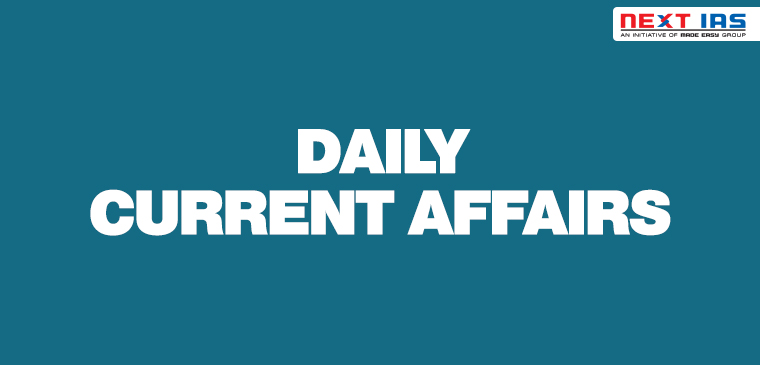
In News
Recently, China and Iran signed a 25-year “Strategic Cooperation Pact”.
Background
- The partnership was first proposed by China’s leader, Xi Jinping, during a visit to Iran in 2016.
- The agreement comes amid a major push from China to back Iran which is under the weight of U.S sanctions.
- Earlier, China and Russia called for the U.S. to “unconditionally return to the Joint Comprehensive Plan of Action (JCPOA) as soon as possible and revoke the unilateral sanctions against Iran”.
- Chinese and U.S. officials also held talks on the Iran nuclear deal and “new changes in the Iranian nuclear situation.
Key Highlights
- The investment and security pact would vastly extend China’s influence in the Middle East, throwing Iran an economic lifeline and creating new flashpoints with the United States.
- It would expand Chinese presence in banking, telecommunications, ports, railways and dozens of other projects.
- This will give Beijing a bigger foothold in Iran and also make China an important decision-maker in the region.
- In exchange, China would receive a heavily discounted supply of Iranian oil over the next 25 years
- This pact’ can be very effective in deepening” relations and would establish a blueprint for “reciprocal investments in the fields of transport, ports, energy, industry and services.”
- China’s multi-country Eurasian infrastructure projects, under the umbrella of the Belt and Road Initiative (BRI), are now being extended to Iran.
Concerns for India
- India has repeatedly conveyed its concerns regarding the US sanctions on Iran.
- Iran happens to be the third-largest energy supplier to India and the sanctions have blocked these supplies, adding to a spurt in the oil prices and throwing the trade balance off the track.
- Iran also happens to be the entry point for India for trade with the Central Asian countries where India’s geographical approach is limited.
- With the increasing presence of China in Iran, India has been concerned about the strategic stakes of the Chabahar port project.
- The port is close to Gwadar port in Pakistan, which is being developed by China as part of its China-Pakistan Economic Corridor that links it to the Indian Ocean through BRI.
- The access to the Chabahar port may prove strategically important for India.
- Chinese closer ties with oil producers can bring governance and energy security issues for India.
- Presently India finds itself caught in the geopolitical rivalry between the US & China over Iran.
Way Forward
- India must try to remain politically engaged with Iran for a better appreciation of each other’s sensitivities and compulsions and mutual interests.
- It is extremely important for India to take the lead in creating an institutional structure with Iran and Afghanistan and seriously pursue the Turkmenistan–Afghanistan–Pakistan–India (TAPI) gas pipeline project to ensure energy security.
- India must have balanced diplomatic relations with the US and Iran.
|
Belt and Road Initiative (BRI)
Belt and Road Initiative combines two initiatives
|



